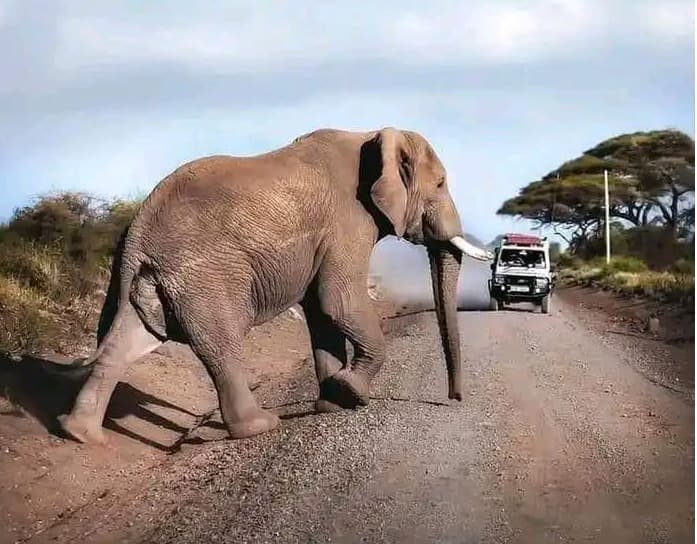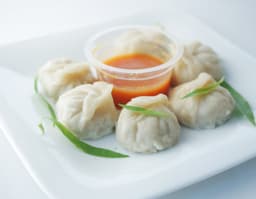Nepali is the most spoken language in Nepal and English is widely being used in the tourism industry.
Nepal is a multi-ethnic and multilingual country. Nepal has diverse ethnic groups and each ethnic group has its own language. According to the constitution of Nepal, all languages spoken in Nepal are the native languages of Nepal. There are more than 123 languages spoken in Nepal. Previously called Khas-Kura, Nepali was regarded as the language of Brahmins and Chhetris. Most of the language belongs to Indo- Aryan; the branch of Indo-European family and Sino-Tibetan families.
The national language of Nepal is Nepali and the second most spoken language is Maithili. Maithili is an Indo-Aryan language vernacular of the Indian subcontinent. It is mainly spoken in the state of Bihar and Jharkhand of India and the eastern Terai of Nepal. Most Nepalese speak Indo-Aryan and Sino-Tibetan and very few of the people speak Austro-Asiatic and Dravidian which are Vernacular of South Asia.
According to the 2011 National census,123 Nepalese languages are spoken in Nepal as a mother tongue, but now there are 129 languages spoken in Nepal. From the 14th to 18th centuries, Newari was the official language of Nepal but later it was replaced by Nepali by the Gorkha Kingdom. However, Nepali is the major language of the administration but every other native language is also admitted in the Nepalese constitution. The names of languages of Nepal have been derived from various places, countries, religions, ethnic groups and so on. The fascinating multilingual status makes Nepal as an enchanting country for linguistic research and study.
Some of the commonly spoken languages of Nepal are as follows:
Nepali is the traditionally spoken language in the Hilly region of Nepal. It is the everyday spoken language of the locals and also used for the governmental works. It is the official language of Nepal which is often known as Gorkhali and Parbatiya language in some context and one of the 22 scheduled languages of India. The Nepali language is also spoken about a quarter of the population in Bhutan, India, and Myanmar. It is believed that the Nepali language comes closer to other northwest Indian languages like Punjabi, Sindhi, and Lahanda. According to the census of 2011, 44.6 percent of people speak Nepali as the first language and 32.8 percent of people speak Nepali as a second language.
Maithili
Maithili is the second most spoken language in Nepal. It is an Indo-Aryan language native to the subcontinent of India. Maithili is one of the 22 scheduled languages of India and mainly spoken in Bihar and Jharkhand. Maithili is spoken mainly in outer Terai districts of Nepal including Janakpur, Sunsari, Siraha, Morang, and Saptari. During the Malla dynasty, the Maithili language was layout afar and vast all over Nepal from the 16th to the 17th century. According to the census of 2011, the population of Maithili speakers in Nepal is about 11.67%.
Newari
Newari is a Sino-Tibetan language spoken by the Newari people, one of the ethnic groups of Nepal and native to Kathmandu valley and many other regions of Nepal. It used to be the official language of Nepal in the 14th to 18th centuries. Now the Newar language and culture are under threat. During the 14th to 18th century, the percentage of Newari speakers was about 75% among the Newari ethnic groups, but after the Gorkha Kingdom, it dropped to 44%. According to the census of 2011 Newari is spoken by more than 1 million people in Nepal.
Sherpa
Sherpa is a Sino-Tibetan language spoken in Nepal and Sikkim state of India mainly by Sherpa people. Sherpa is one of the ethnic groups of Nepal, native to the mountain region of Nepal. Sherpa people are said to be migrated from Tibet in era ago because of religious conflict so, their language is somehow closer to the Tibetan language. According to the census of 2011, the population of Sherpa speakers is about 0.43%.
Magar
Magar is a Sino-Tibetan language and often known as Dhut Magar Bhasa. This language is divided in two groups’ eastern Magar language, which is known as Dhut Magar language that natives to some of the districts of Gandaki Zone and Lumbini Zone, and western Magar language, which is known as Kham Magar language that is native to some of the districts of Bheri Zone and Dhaulagiri Zone, but the eastern Magar language is the original one. Both of the languages are differently pronounced but they share many common words. According to the census of 2011, the population of Magar speakers is about 2.98%.
Bhojpuri
Bhojpuri is an Indo-Aryan language mostly spoken in the northeast of India and Terai region of Nepal. It is considered to be one of the major languages of Nepal and a minority language of few other countries including South Africa and Mauritius. This language has many dialects including Southern standard Bhojpuri, Western standard Bhojpuri, and Northern standard Bhojpuri. According to the census of 2011, the population of Bhojpuri speakers is about 5.98%.
According to the census of 2001, the other non-Nepalese languages that are listed in other languages spoken in Nepal are about 0.8%. Some of them are:
English: As we know English is spoken all over the world. It is a West Germanic language but also a global lingua franca. It has been spreading all over the world from the 17th century and now it is leading language. 7.5 billion Population of the world uses the English language and about 360 million people use English as a first language.
Chinese: Chinese language is often known as the Han language. This language is from the Sinitic family, the branch of Sino-Tibetan language. It is spoken by the ethnic Chinese majority and minority ethnic group of China. This language is spoken by over 1.28 billion people in the world, approximately 15% of the population in the world.
Oriya: It is often known as Odia language; it is an Indo Aryan language. This language is native to the Indian state of Odisha. The Oriya language is spoken by over 55 million people in the world.
Koche: Koche is a Sino-Tibetan language spoken by the Koche people (a Tibeto-Burman Ethni-Linguistic group) of India, Nepal, Bhutan, and Bangladesh.
Mizo: This language is native to the Indian state of Mizoram and Chin state of Burma belongs to the Sino-Tibetan language family. Especially Mizo language is used by the Mizo people, an ethnic group of India. The population of Mizo language speakers in the world is about 1.5 million.
Basic Nepali Language
Nepali language is an indo-aryan language and it is official language of Nepal and India. More than 60% of total population of Nepal use Nepali as their first language and other languages are being endangered every day because they are not being used frequently. As per the 2011 Census of India, there were a total of 2,926,168 native speakers of the language in India, amounting to 0.25% of the total population. In Bhutan, more than 35% of population speaks language, they are called of Lhotshmpa. Other large speaking countries are Myanmar, Malaysia, Brunei, USA and diaspora worldwide.
The currently popular variant of Nepali is believed to have originated around 500 years ago with the mass migration of a branch of Khas people from the Karnali-Bheri-Seti eastward to settle in lower valleys of the Karnali and the Gandaki basin that were well-suited to rice cultivation. Over the centuries, different dialects of the Nepali language with distinct influences from Sanskrit, Maithili, Hindi and Bengali are believed to have emerged across different regions of the current-day Nepal and Uttarakhand, making Khasa the lingua franca.
However, the institutionalization of the Nepali language is believed to have started with the Shah kings of Gorkha Kingdom, in the modern day Gorkha district of Nepal. In 1559 AD, a prince of Lamjung, Dravya Shah established himself on the throne of Gorkha with the help of local Khas and Magars. He raised an army of khas people under the command of Bhagirath Panta. Later, in the late 18th century, his descendant, Prithvi Narayan Shah, raised and modernised an army of Chhetri, Thakuri, Magars and Gurung people among others and set out to conquer and consolidate dozens of small principalities in the Himalayas. Since Gorkha had replaced the original Khas homeland, Khaskura was redubbed Gorkhali "language of the Gorkhas.
The Khas people originally referred to their language as Khas kurā ("Khas speech"), which was also known as Parbatiya or Parbate language by local Newari people of Kathmandu valley. The Newar people used the term "Gorkhali" as a name for this language, as they identified it with the Gorkhali conquerors. Later, Gorkha Kingdom (Kingdom of Nepal) adopted the national language as Nepali. Meanwhile, the British Indian administrators had started using the term "Nepal" to refer to the Gorkha kingdom. In the 1930s, Nepal government also adopted this term fully.
How to pronounce Nepali? How to write Nepali?
Nepali is written in Devanagari script similar of Hindi and other languages based from Sanskrit language.
Vowels and consonants are mentioned in the tables below.
Nepali Vowels
| Front | Central | Back | |
| Close |
i/ī |
u/ū | |
| Mid | e | o | |
| Open | a/ā | a |
Nepali Consonants
| Bilabial | Labio-Dental | Dental | Alveolar | Retroflex | Post Alvelor | Velar | Glottal | |
| Plosive |
p ph |
t th d dh |
ṭ ṭh ḍ ḍh |
k kh g gh |
||||
| Affricate |
c ch j jh |
|||||||
| Nasal | m | n |
ṇ |
ñ | ṅ | |||
| Fricative |
s |
ṣ | ś | h | ||||
| Tap | r | ṛ ṛh | ||||||
| Approximant | v | y | ||||||
| Lateral approximant |
l |



